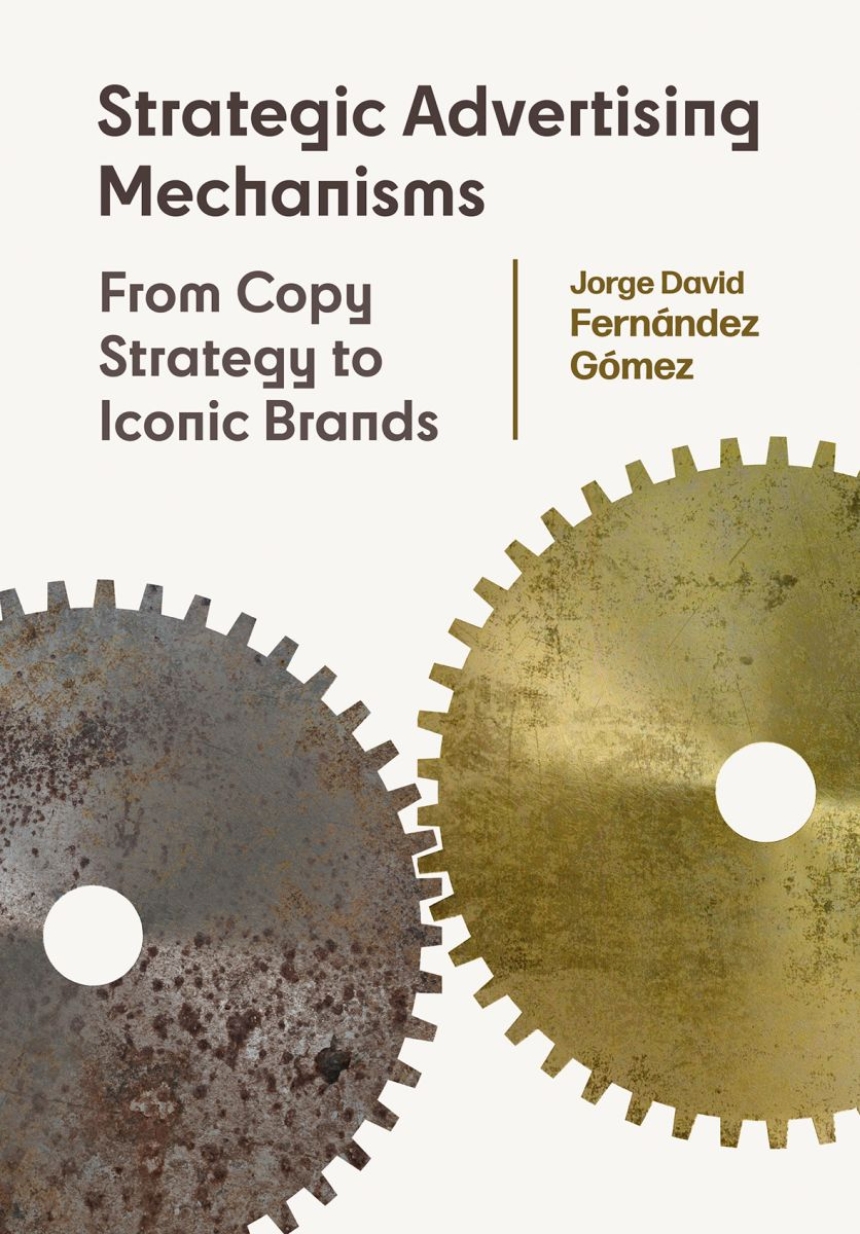This book takes an in-depth look at the most important and transcendent strategic advertising mechanisms to emerge in the twentieth century. Charting trends in classic advertising methodologies, the author explores key concepts from Rosser Reeves’s unique selling proposition and Procter & Gamble’s copy strategy to influential modern approaches including Kevin Roberts’s Lovemarks and Douglas Holt’s iconic brand framework. It also considers European mechanisms, including Jacques Séguéla’s star strategy and Henri Joannis’ psychological axis theory. Practitioners, researchers, scholars, and students will find much to gain from this rich exploration of the strategies that shaped modern advertising and the figures behind them.
176 pages | 2 diagrams | 6.69 x 9.61 | © 2021
Cognitive Science: General Works
Economics and Business: Economics--General Theory and Principles
Table of Contents
Foreword
Introduction
1. Procter & Gamble’s Copy Strategy: When the Advertiser Made Products and Advertising
1.1. P&G or the prehistory of brand management
1.2. The birth of rationalist advertising
1.3. Reason why copywriting and Hopkins as the pillars of rationalist advertising
1.4. The copy strategy
2. Rosser Reeves’s USP: The Reality in Advertising Is the Product
2.1. The USP as a strategic advertising mechanism
2.2. What is the USP?
2.3. Characteristics of the USP or revamping the dominant idea
2.4. Critiques of the USP
3. David Ogilvy’s Brand Image: The Rise of Emotion in Advertising Communication
3.1. The influence of motivation research on emotional strategic advertising mechanisms
3.2. Pierre Martineau: The ambassador of emotional advertising
3.3. David Ogilvy’s brand image
3.4. Theoretical bases of brand image
3.5. Gardner and Levy’s ‘The product and the brand’: The acknowledged forerunner of brand image
4. Henri Joannis’s Psychological Axis: The Advent of Motivational Research in European Advertising
4.1. The psychological axis theory
4.2. Joannis’s proposals as addendums to Reeves’s theories
4.3. A mechanism for creating ads
5. Jacques Séguéla’s ‘Star Strategy’: Selling the Hollywood Star System to Sell Brands
5.1. The ‘star strategy’: A brand image evolution
5.2. ‘Star strategy’ characteristics: The cinema world as an advertising metaphor
5.3. The Chevron model in ‘give your brand in marriage’: The ‘star strategy’ revisited
6. Kevin Roberts’s Lovemarks: The Return of Emotional Mechanisms in the New Century
6.1. What is the Lovemarks effect?
6.2. The characteristics of the Lovemarks effect
6.3. Critiques of the Lovemarks effect
6.4. Creating Passionbrands: An example of updating personality branding on the basis of the redundancy principle
7. Jack Trout and Al Ries’s Positioning: The Appearance of Cognitive Psychology in Advertising
7.1. The origins of positioning
7.2. What is positioning?
7.3. Theoretical bases of positioning
7.4. Positioning seen from afar
7.5. The USP as the forerunner of positioning
8. Douglas Holt’s Iconic Brands: When Cognitive Psychology and Motivation Research Converge
8.1. Theoretical bases of iconic brands: The birth of cultural branding
8.2. The iconic brand concept
8.3. Principles underpinning the construction of iconic brands
8.4. Critiques of iconic brands

